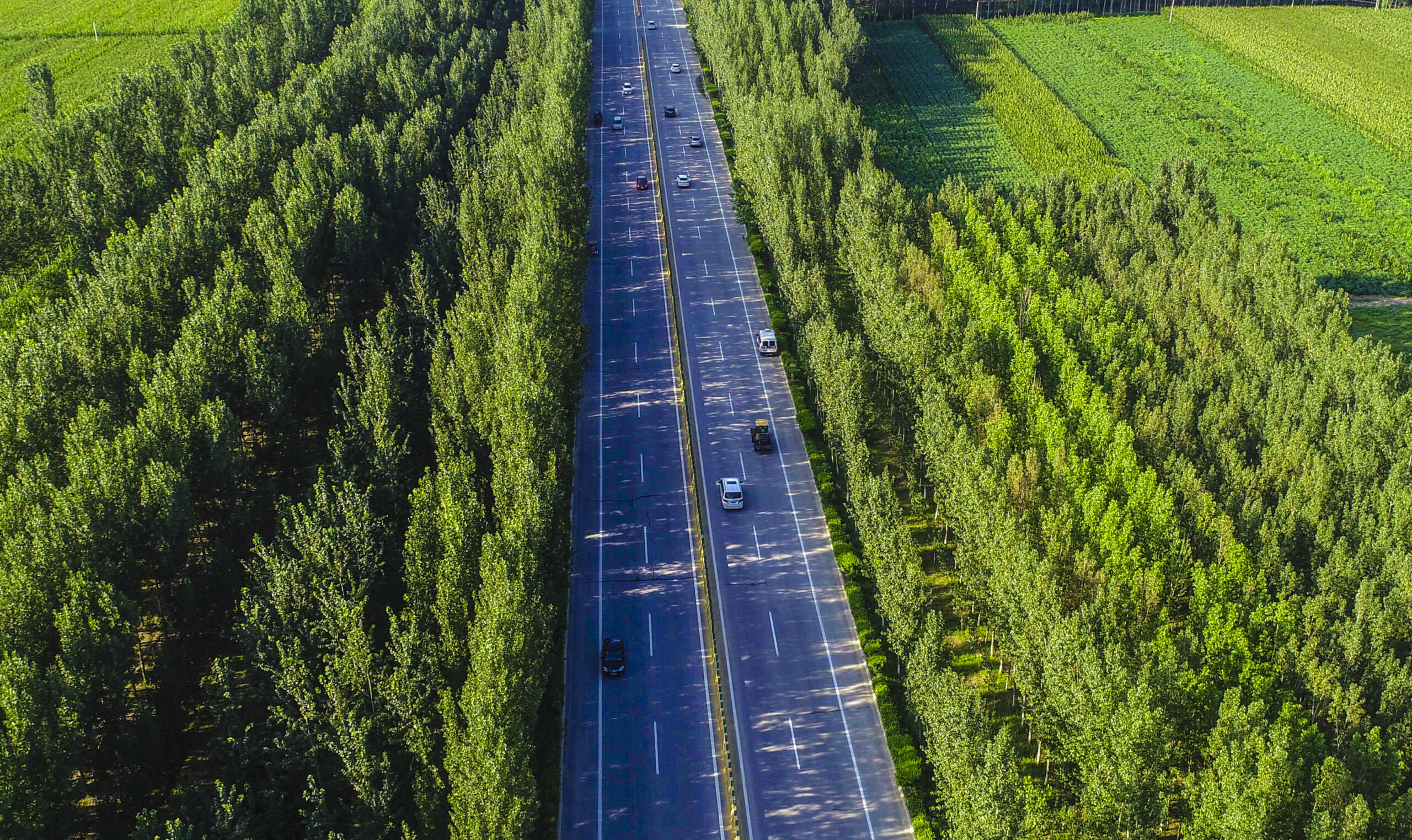XINHUA
Luo Wenmei, a resident of Qingshan Village in southwest China’s Guizhou Province, felt lucky to join the local project of planting Sichuan pepper in the mountainous area which used to suffer from stony desertification.
“I can earn more than 2,000 yuan (about 277.57 U.S. dollars) a month by planting the pepper,” said Luo, who was excited to see how the plant, with strong drought tolerance, developed root system, good water retention ability and high output, has turned local hills green and fattened rural residents’ wallets.
So far, the pepper industry has created 15,000 job opportunities, helping the 200 households in the village increase their income by more than 6,000 yuan on average.
Like the progress in Qingshan Village in the southwestern part of Guizhou, various other such examples ranging from green agriculture and clean energy to rural tourism were introduced during the two-day Eco Forum Global Guiyang 2023 that opened Saturday in the provincial capital Guiyang. These cases illuminated China’s practices in advancing ecological conservation and promoting rural revitalization.
This year’s event, themed “pursuing modernization of harmony between humanity and nature — promoting green and low-carbon development,” has attracted over 2,500 participants with both online and offline activities.
In an interview with Xinhua, James George, deputy resident representative of the United Nations Development Programme in China, stressed the importance of ecological conservation in promoting rural revitalization.
“Deterioration of ecological environment will lead to poverty, and poverty will accelerate the deterioration of the ecological environment as you can not address them in isolation,” he said, noting that pursuing economic growth without paying attention to environmental protection will lead to a vicious cycle.
Attaching great importance to environmental protection, Huawu Village, a once nationally designated poor village, has shaken off poverty and become a pilot project in developing rural ecological tourism.
Located near the source of the Wujiang River in the western part of Guizhou, the natural environment of the small village of Miao ethnicity has improved thanks to concerted efforts of water pollution control, ecological restoration and a fishing ban in the Wujiang River basin.
Targeting the attraction of splendid mountain views and vast water bodies, in addition to a unique ethnic Miao culture, the village has made great efforts in developing rural tourism. It has been active in building tourism infrastructure, such as roads, parking lots, campsites and guest houses, producing distinctive agricultural products and exhibiting traditional Miao embroidery.
Local residents have received the dividends of ecological tourism. Since 2021, tourists have made over 900,000 trips to the village. The combined tourism income of the village exceeded 300 million yuan, with per capita net income reaching 25,000 yuan.
“Targeted initiatives in China that acknowledge local natural assets, explore new livelihood opportunities and take into account the domestic economic challenges, have enabled more policies and actions to be grounded,” said George.
The key moving forward is also scaling up the best practices and leveraging insights from the lessons learned to accelerate progress towards achieving the United Nations Sustainable Development Goals in China, he said.
As a world leader in renewable energy development, China’s robust progress in this field has also brought benefits to rural residents.
In the Yi-Hui-Miao Autonomous County of Weining, which is near the peak altitude of Guizhou, it is hard to plant crops due to the high altitude. In recent years, new opportunities for local growth emerged as the province accelerated the development of new-energy power generation.
Covering an area of more than 1,300 mu (about 86.67 hectares), the Jinyuan Meihuashan agricultural photovoltaic power station can generate 53 million kilowatt-hours (kWh) of electricity each year.
“Photovoltaic panels can help block sunlight and reduce water evaporation, so the vegetation at the photovoltaic base grows better,” said Tian Haokun, head of the station.
Photovoltaic power generation not only saves energy and reduces carbon emissions, but also helps with soil and water conservation on barren hills and prevents the expansion of desertification, Tian added.
The income of local villagers has significantly increased as the station pays a large amount in land rent to them each year and offers plenty of job opportunities. The grass flourishing under the photovoltaic panels also provides quality pasture for herding.
From 2012 to 2022, the total installed capacity of clean energy reached 3.68 million kilowatts in the county of Weining, with a cumulative power generation of 29.4 billion kWh and an industrial output of 14.6 billion yuan.
The significant rise of industrial output and tax revenue has provided the once poverty-stricken county with more funds to invest in projects aiming at improving local residents’ livelihoods.




